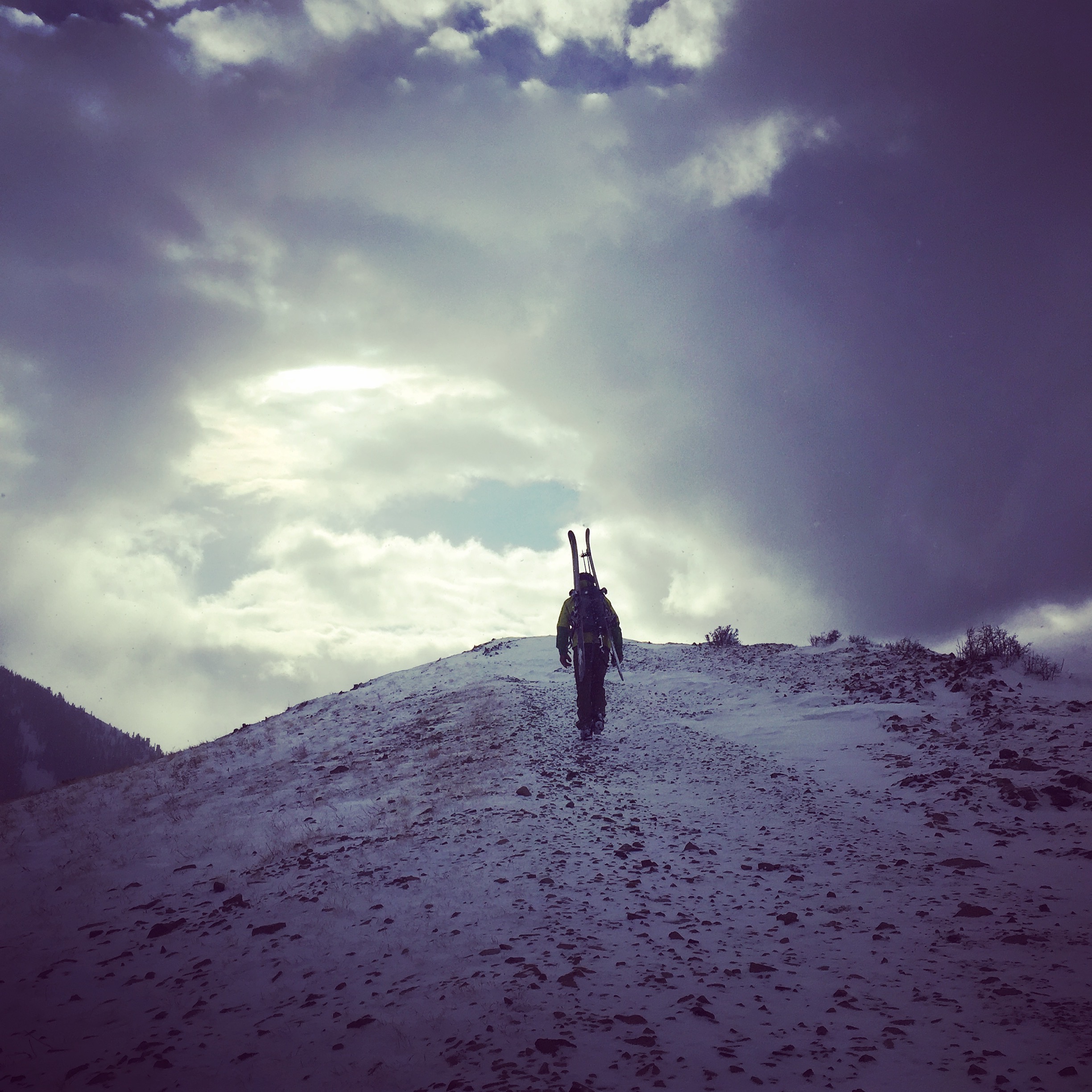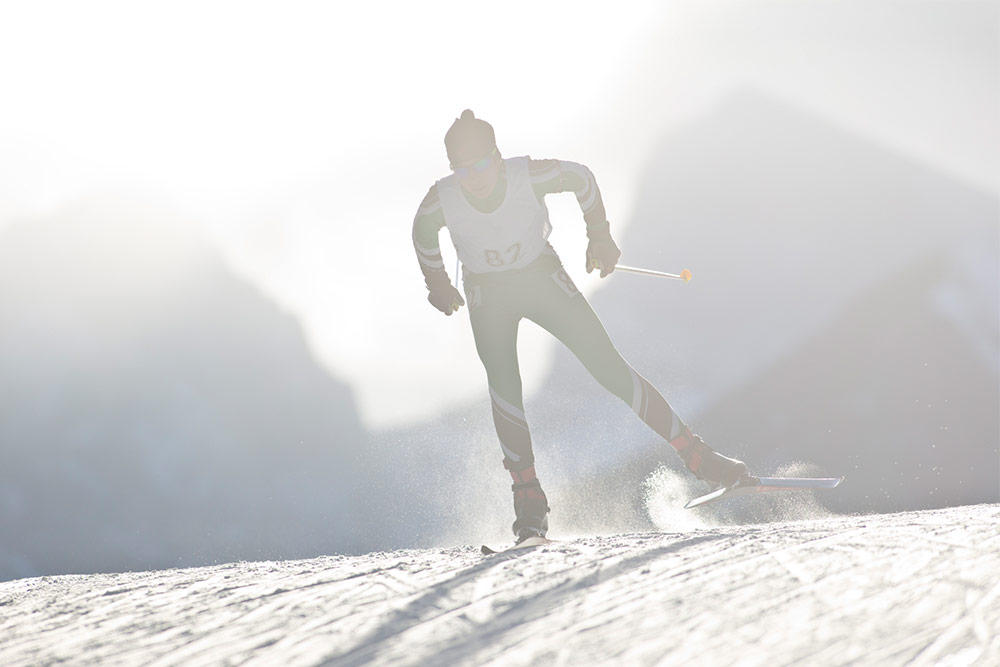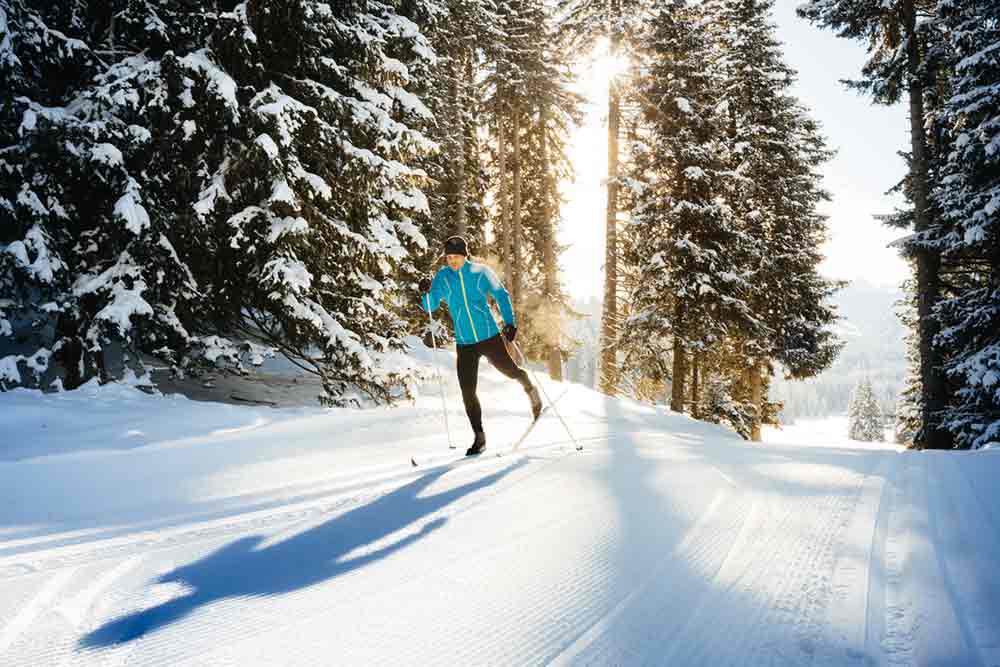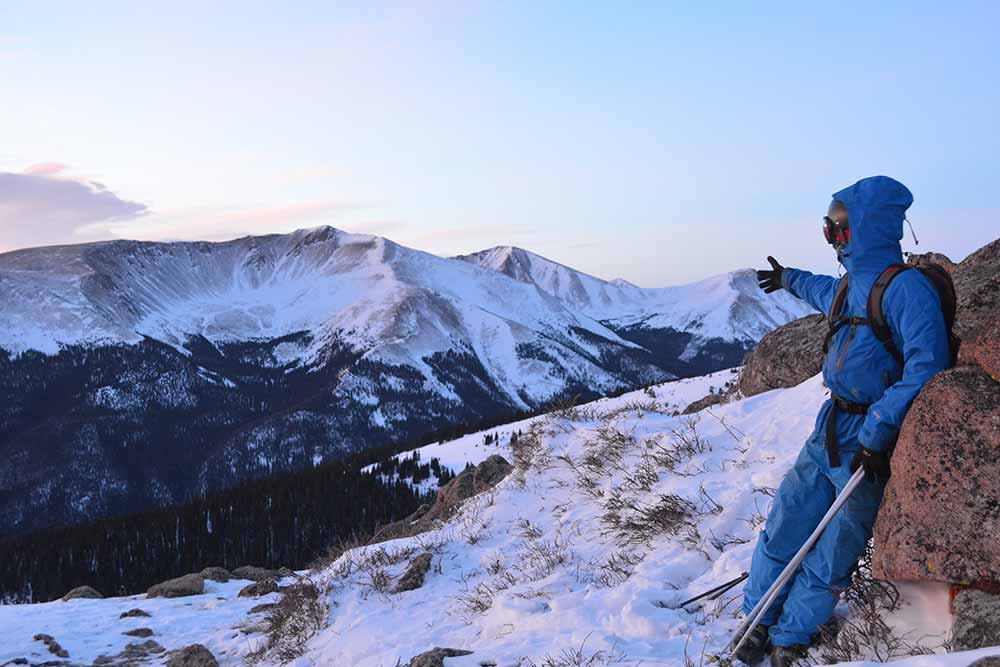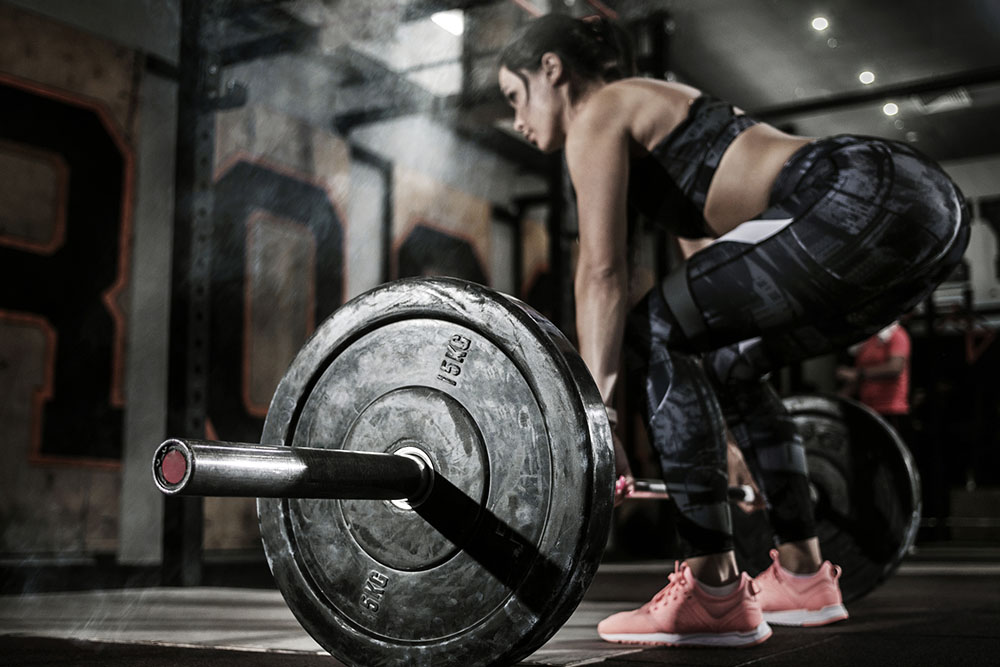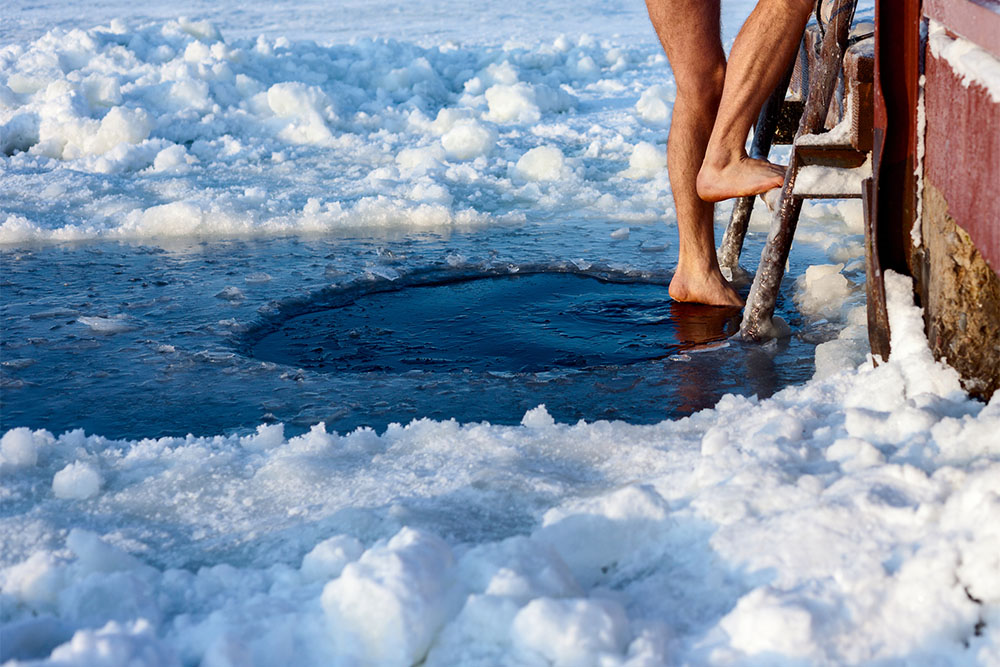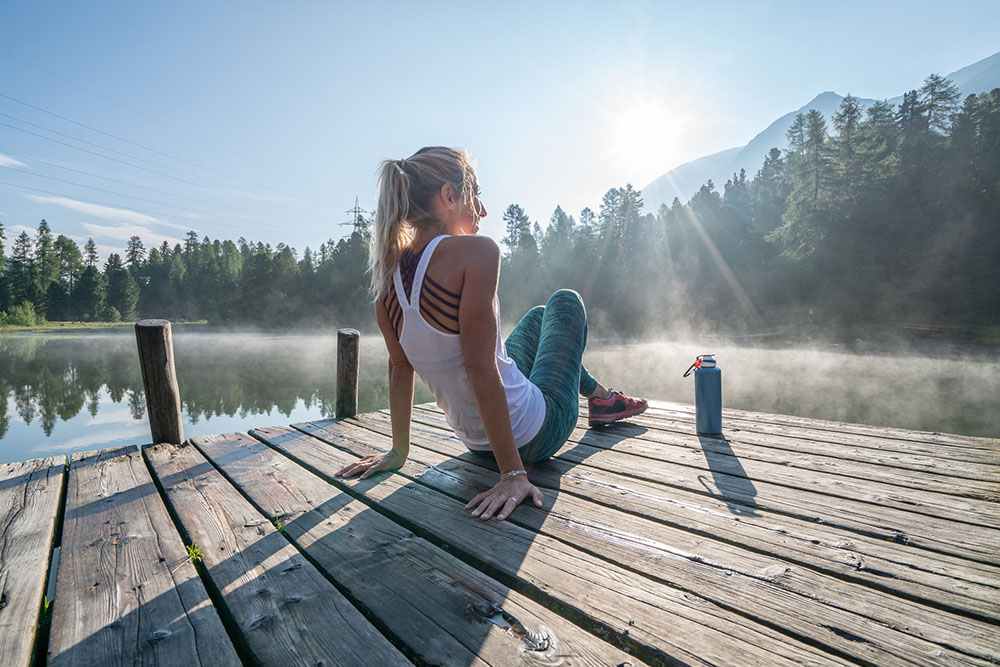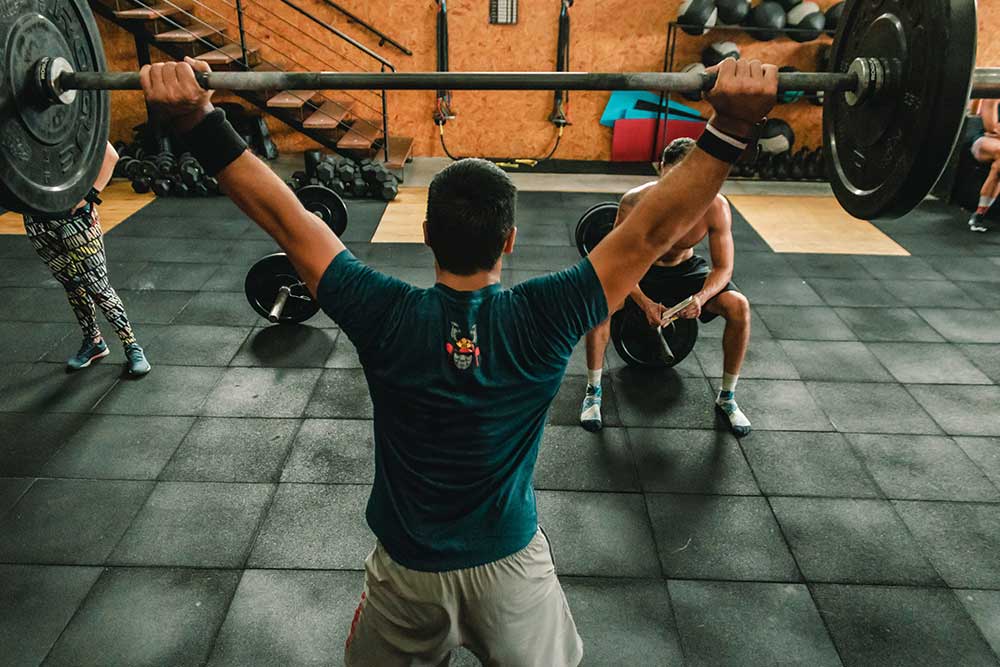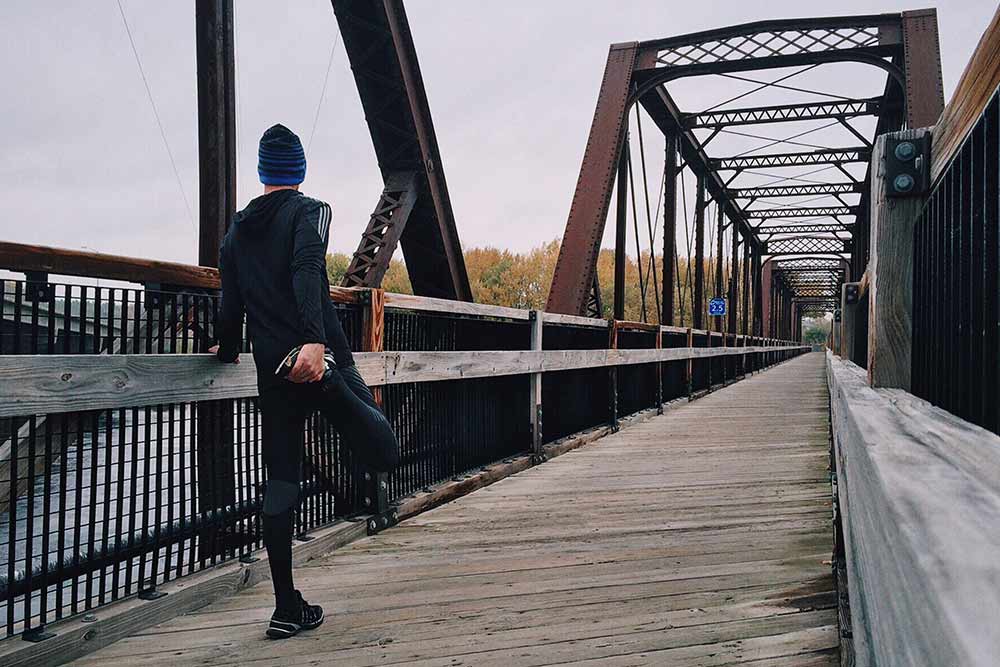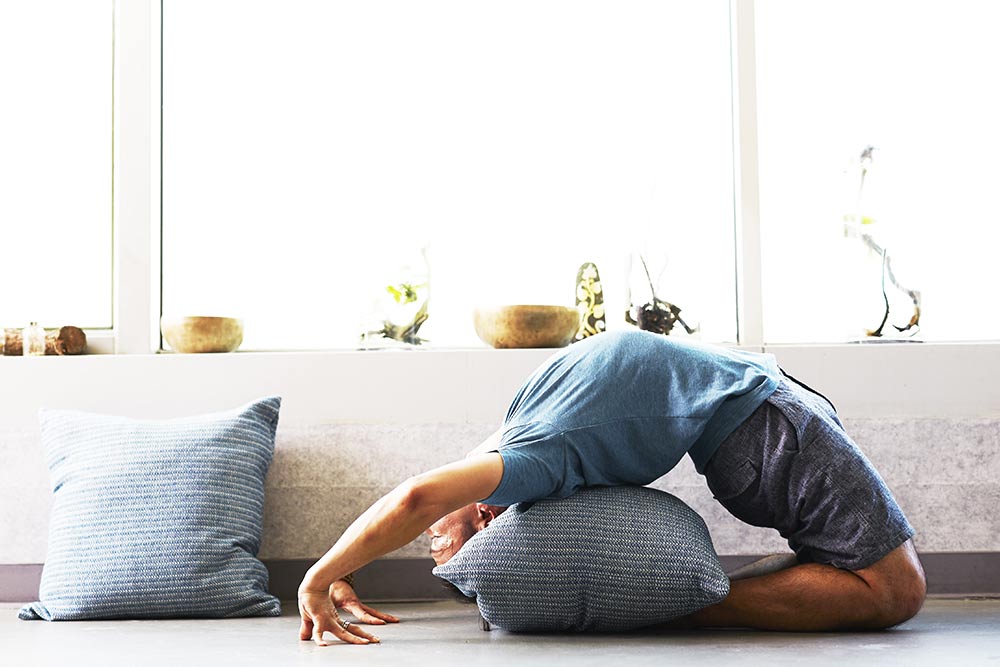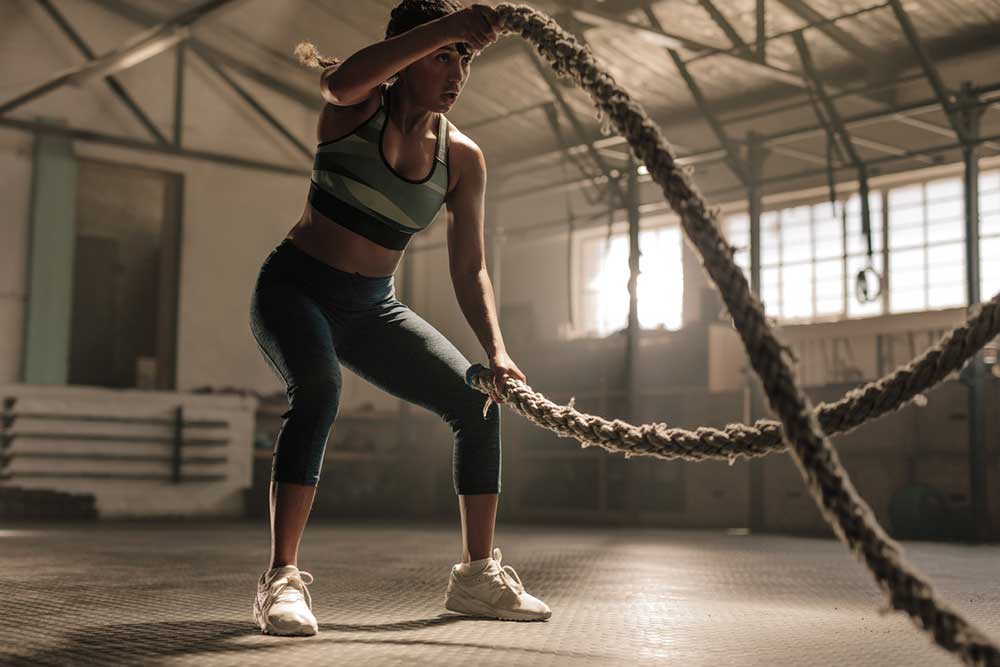Ski Training Magic Part 3: Intense Low-intensity

Hank Shell
I gotta be honest guys. This lack of snow has got me feeling kind of blue. These La Niña years tend to be no bueno for us shmucks down here in the Southwest, and the local ski resort has already bumped its opening day back to early December. That’s a real bummer when you drop upward of a grand on a ski pass, but hey, what can you do?
Well, for one, you can seize this golden opportunity to train a little bit more!
In our last two articles in this series, we focused on some of the more typical aspects of training – you know, the painful, jumping-up-and-down-with-weights-coming-out-of-our-ears stuff. If you were intrepid enough to get acquainted with such timeless favorites as the leg blaster or front squats, then I commend you on your, eh, intrepidness. Now, I would use this article to harangue you with even more painful exercises to expedite your beautiful metamorphosis from bird-legged gaper to piston-legged ski stud, but I’m a little more empathetic to the plight of the weekend athlete. If you were hapless enough to find my previous articles, I’m sure you can eke out a few more ill-advised exercises to jam haphazardly into your routine!
Seriously, though. Right now, as I sit at my work computer and furtively soil the internet with my inchoate opinions on outdoor sports, my legs are SCREAMING. It feels like I woke up this morning and ran a gauntlet of muscly toddlers wielding clubs, maces and other blunt force weapons. You know that feeling? You better! Otherwise, you’re probably doing this whole pre-season ski training thing wrong.
Related Article: Ski Training Magic Part 1: Leg Blasters
Low-intensity Stuff
Anyway, that feeling is what I wanted to talk to you about in this article. When we train hard, we hurt. Both during and, especially, afterward. So it’s good to do some other stuff, too. Low-intensity stuff like stretching and yoga. At this point, a more personable advisor would say something like, “it’s important for us to take care of our bodies! Stretching, foam rolling and other low-impact exercises help us keep our muscles happy during a hard training regimen!” Nah. To hell with that, my friend. I don’t want happy little muscles. No disrespect to Bob Ross, but I want BIG, MEAN MUSCLES. I want muscles that give you a baleful look and tell you to wait in the car. Muscles that speak in primitive vocalizations and eat with their hands. Cruel and unforgiving beings of action. Those are the muscles I want. They’re definitely not the muscles I have, but hey, we’ll get there!
Anyway, I want to reframe this whole discussion on stretching and whatnot. We’re not placating our fussy muscles here, folks. We’re tempering them like hot steel. We’re extruding from their crude and primordial form something of great beauty and terror, like that evil guy in the volcano from the Lord of the Rings movies. I think there was a book? Anyway, you get what I’m trying to say. Don’t get soft on me. As the Welshman Dylan Thomas would implore, DO NOT GO GENTLE INTO THAT GOOD NIGHT! Or as my college roommate Dylan would say, “Keep the fire, bro!”
Related Article: Ski Training Magic Part 2: Hurry Up and Weight!
FOAM ROLLING
If you don’t have a foam roller by now, then I say to you, “fiddle-dee-dee, Madam or Sir.” Lets get real. Foam rollers are freaking AMAZING. Did you ever hear the story about NASA investing all that money a space pen when all they had to do was give astronauts pencils? Well, the advent of the foam roller was pretty much not like that at all, but what I’m trying to say is the foam roller is an incredibly effective yet baffingly simple contraption that helps us wannabe athletes chase our sporting pipe dreams.
So, let me drop some science on you real quick. Back in 2014, a group of Canadian researchers published an article in Medicine & Science in Sports & Exercise that examined foam rolling as a way to reduce muscle soreness and increase range of motion. They had a group of dudes work through a squat routine, then had some of those dudes follow up with a 20-minute foam rolling routine. They found that, and I quote, “foam rolling substantially reduced muscle soreness at all time points while substantially improving range of motion.”
Now, there are other studies out there with similar findings, but this one best fits the narrative I’m trying to spin here, so I’ll just leave it at that. Man, I love science. So, I’m just going to assume you have a foam roller at this point. Now, we’ve been hard on our legs, so let’s continue to do that, albeit in a less frantic manner. We’re going to target the following parts of our legs individually – the calves, hamstrings, glutes, illiotibital band and quads.
Related Article: 6 Cures For Sore Muscles After HIIT
Here’s How
Sitting on the floor with our legs out in front of us, we’re going to rest one calf on the foam roller. Obviously, the roller should be perpendicular to our leg. Then, with the other foot flat on the ground for support and our hands flat on the ground beside us in the manner of crab people, we’ll lift our butts off of the floor and rock to and fro, allowing the foam roller to, um, roll back and forth beneath the calf. I usually do this for one to two minutes per calf. Some people like to put both calves on the roller and support themselves solely with their hands. You can do this if you want to. Just add some extra time. Make sure the range of your roll includes all of the calf, from the ankle up to the knee. Do your hamstrings the same way.
Glutes
To get those glutes, sit directly on the foam roller. Cross your left leg over the right with your left ankle resting on your right knee and lean to the right, supporting yourself with your right arm. Now, roll back and forth. Hmm. There seems to be a pattern here. This is how you’ll target your right glute. Now, do the same thing on the opposite side to get the other glute. Roll for about a minute on each side.
IT Band
Your illiotibital band, or ITB, runs along the outside of your thigh from the hip to the knee, and when it gets tight, you get problems. To target this lil guy, lay on your side. Cross your top leg in front of the bottom so your foot is flat on the floor in front of the bottom knee. Put the foam roller under your thigh and, supporting yourself with your hands, roll the foam roller from your knee up to your hip for a minute or so. Repeat on the otherside. Man, you’re doing great. Now, we’ve been hitting our quads pretty hard, so this next part may be a little painful. But hey, we’re into that kind of stuff. Laying on your stomach, place the foam roller underneath both quads. Supporting yourself with your forearms, roll the roller from knee to hip and back for two to four minutes. I like to rotate my legs gradually throughout this exercise to target all of the quads.
So, there you have it! You’ve acquired a modicum of knowledge about foam rolling, or at least I hope you have. Run with it.
STRETCHING AND YOGA
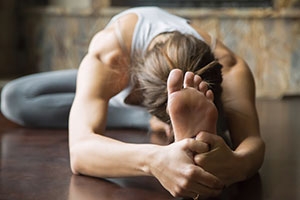 Some people talk about stretching and yoga as if they were the same thing. Those aren’t the kind of people you should be hanging out with. Yoga is much more of a spiritual practice, as they say, and incorporates breathing and mindfulness into the otherwise dull world of low-intensity exercise. Not to say that you shouldn’t stretch, but combining foam rolling, stretching AND yoga is going to take us to that higher level of fitness.
Some people talk about stretching and yoga as if they were the same thing. Those aren’t the kind of people you should be hanging out with. Yoga is much more of a spiritual practice, as they say, and incorporates breathing and mindfulness into the otherwise dull world of low-intensity exercise. Not to say that you shouldn’t stretch, but combining foam rolling, stretching AND yoga is going to take us to that higher level of fitness.
Related Article: Mindfulness – What Does That Even Mean?
Stretching
So, you probably know about stretching, so I’m not going to get too detailed. I like to stretch right after I foam roll. Target all those muscles that we just talked about, and maybe stretch your back and core as well. I usually spend one to two minutes on each muscle group.
Yoga
As far as yoga goes? That’s a whole ‘nother thing, man. I could try to walk you through some poses and whatnot, but I’d probably only muddle what is already a pretty complex topic. So here’s a tip. Go find a yoga studio! They’re everywhere! Take a class. Consider getting a membership. Live a little. Check out your local community center or library, too. Sometimes they off free or donation-based classes. You’ll have an instructor walk you through the session, and you probably won’t even have to buy your own yoga mat! Though I do recommend it. Communal mats can be pretty nasty, what with all the body soil and fungicide and whatnot.
Related Article: 3 Reasons You Should Hit The Yoga Mat
You Might Like:

